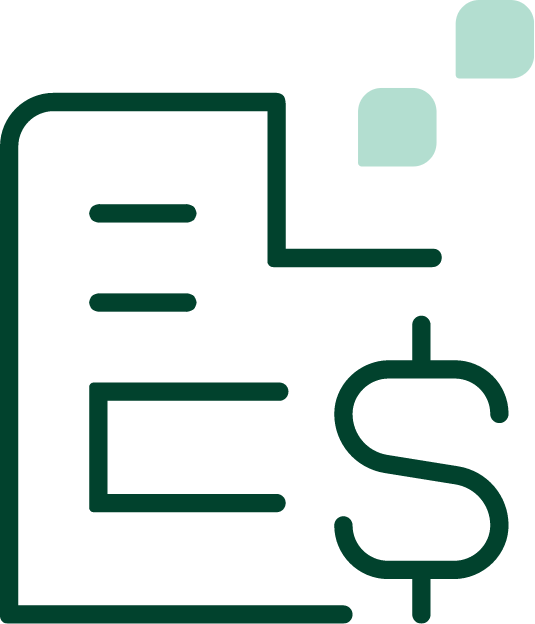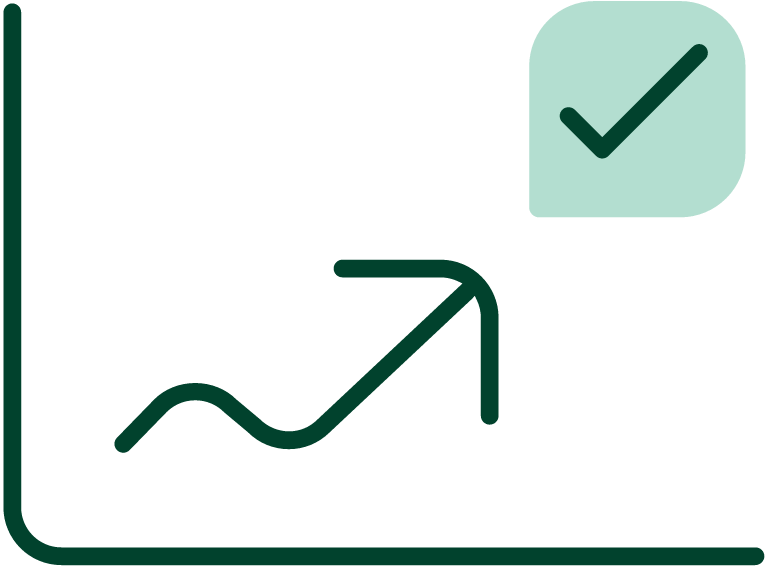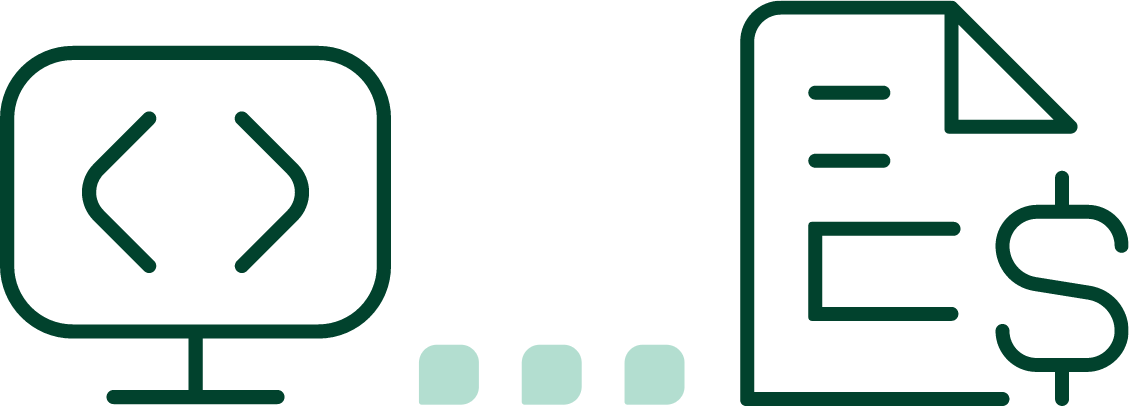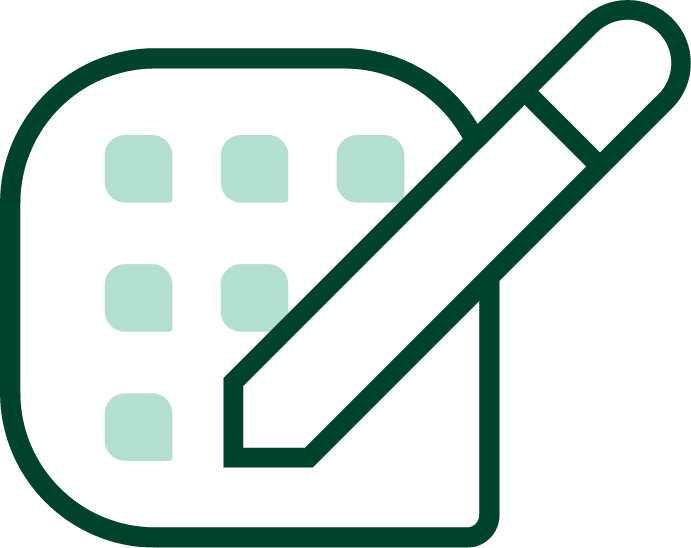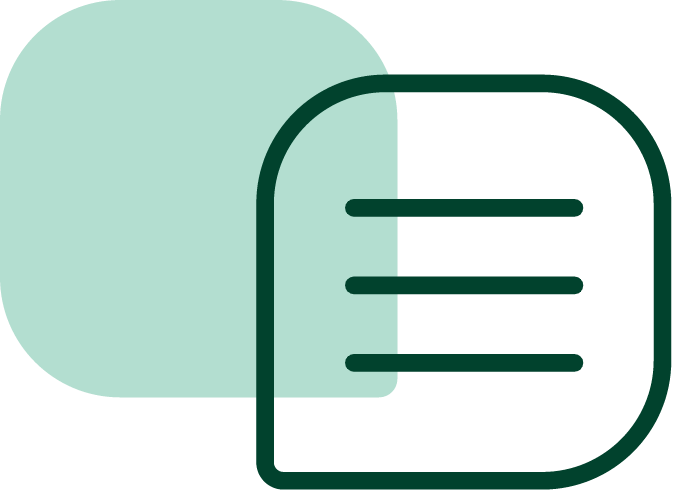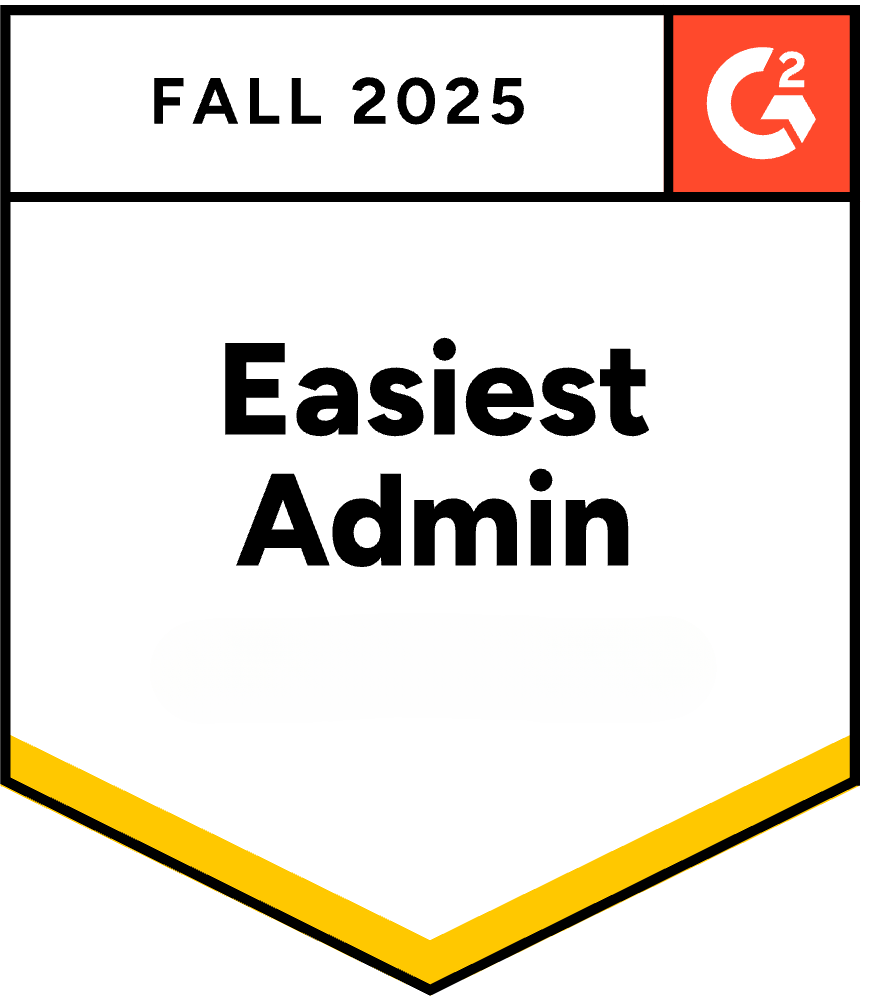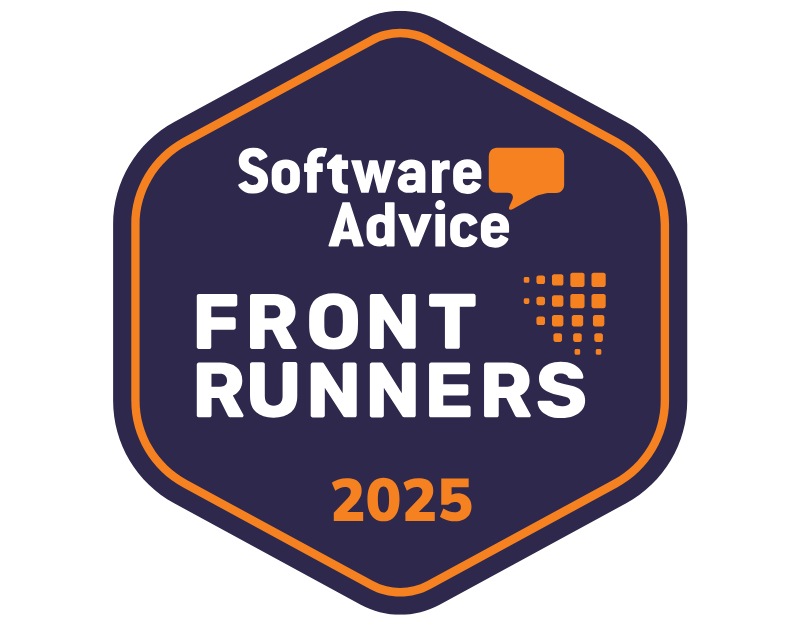Accounts receivable management is the process of overseeing and holding customers accountable for the receivables (also called money or payments) that customers owe to a business for goods or services provided on credit. It encompasses various activities, including setting credit policies, managing credit applications, invoicing, reminding customers about upcoming or past due invoices, monitoring outstanding balances, cash application and of course actually collecting payments. Effective accounts receivable management ensures that a company maintains a healthy cash flow, minimizes bad debts, sustains positive customer relationships and does all of this efficiently.
In today’s digital age, many businesses utilize accounts receivable management software, systems, or platforms to automate and streamline these processes. These technological solutions help in tracking invoices, sending payment reminders, and generating financial reports, thereby enhancing efficiency and accuracy in managing receivables.
It’s important to distinguish accounts receivable (A/R) management and debt collection which are often confused. In short, A/R management is a proactive, ongoing process to get invoices paid on time, whereas debt collection is a reactive, last-resort process to recover severely overdue payments. Generally speaking, when a company believes there is hope of a customer paying an invoice, the outstanding money is called a receivable. But if enough time has passed that the company gives up hope of being able to collect the money owed, at least under normal circumstances, it becomes a debt.
The Importance of Effective Accounts Receivable Management
Effective accounts receivable management is crucial for several reasons:
- Cash Flow Maintenance: Timely collection of receivables ensures that a company has the necessary funds to meet its operational expenses, invest in growth opportunities, and maintain financial stability.
- Profitability: Efficient management reduces the risk of bad debts and decreases the costs associated with collecting overdue accounts, thereby improving overall profitability. It’s a shame to experience financial stress when a company makes enough sales to cover their expenses.
- Customer Relationships: Clear credit policies, prompt invoicing and clear communication about financial obligations contribute to transparent dealings, fostering trust and long-term relationships with customers.
- Financial Planning: Complete transparency of receivables aids in better financial forecasting and planning, allowing businesses to make informed decisions.
Effective accounts receivable methods and collection strategies are essential for maintaining a healthy cash flow and ensuring the financial stability of a business. Even if you outsource accounts receivable management, these are still principles that you want to apply to your company.
A/R is More Than Operations, is a Customer-Facing Revenue Generation Activity
Accounts Receivable serves as a bridge between sales transactions and actual revenue realization. While sales and marketing efforts are essential for generating new business, the effective management of A/R ensures that the revenue from these efforts is actually collected, thereby directly influencing the company’s cash flow and profitability. Let us not forget that once a sale closes, it is the A/R team that is dealing with the customer and these interactions can make or break a relationship. Without efficient A/R processes, even robust sales figures can fail to translate into tangible financial gains, underscoring the necessity of viewing AR as a revenue-generating activity.
Key Components of an Accounts Receivable Management System
An effective accounts receivable management system typically includes the following components:
- Credit Application Process: Before extending credit, it’s essential to assess a customer’s creditworthiness. A thorough credit application process helps evaluate the risk associated with each customer, ensuring that credit is granted to those who are likely to meet payment obligations.
- Credit Policies: Establishing clear guidelines on extending credit to customers, including credit limits and payment terms, to mitigate the risk of non-payment.
- Invoicing and Billing: Generating accurate and timely invoices that clearly outline the payment terms, due dates, and details of the goods or services provided.
- Monitoring and Reporting: Regularly reviewing accounts receivable aging reports to identify overdue accounts and take necessary actions.
- Collections: Implementing strategies for following up on overdue payments, which may include reminder notices, phone calls, or engaging collection agencies.
- Dispute Resolution: Addressing and resolving any billing disputes or discrepancies promptly to prevent payment delays.
- Reconciliation: Regular reconciliation of accounts receivable involves matching detailed records of unpaid customer invoices to the total stated in the general ledger.
- Worker Management: This includes training staff on best practices, clearly defining roles and responsibilities, and ensuring that the team has the necessary tools and resources. Effective worker management enhances the efficiency and accuracy of the AR process.
The Role of Invoicing and Billing in Accounts Receivable Management
Invoicing and billing are foundational to effective accounts receivable management. Key aspects include:
- Accuracy: Ensuring that invoices are error-free to prevent disputes and delays in payment or disputes after-the-fact.
- Timeliness: Sending invoices promptly after the delivery of goods or services to expedite the payment process.
- Clarity: Providing clear information on payment terms, due dates, and accepted payment methods to avoid confusion.
- Automation: Utilizing an accounts receivable management platform to automate invoicing and billing processes, reducing manual errors and increasing efficiency.
How to Optimize Cash Flow Through Accounts Receivable Management
Optimizing cash flow through effective accounts receivable management involves:
- Implementing Efficient Invoicing Practices: Automating invoicing to ensure timely and accurate billing.
- Establishing Clear Credit Policies: Setting defined credit terms and conducting credit checks to minimize the risk of late or non-payments.
- Regular Monitoring: Reviewing accounts receivable aging reports to identify and address overdue accounts promptly.
- Offering Multiple Payment Options: Providing various payment methods to make it easier for customers to pay on time.
- Engaging in Proactive Collections: Following up with customers before payments are due to remind them of upcoming deadlines.
Common Challenges in Managing Accounts Receivable
Managing accounts receivable can present several challenges:
- Late Payments: Customers delaying payments can strain cash flow and hinder financial planning.
- Disputes: Billing discrepancies or disagreements over terms can lead to payment delays.
- Credit Risk: Extending credit to customers with poor creditworthiness increases the risk of bad debts.
- Manual Processes: Relying on manual invoicing and tracking can lead to errors and inefficiencies.
- Resource Constraints: Small businesses may lack the dedicated staff to manage accounts receivable effectively.
Even with the best processes and software, these common accounts receivable challenges will come up from time to time. But these challenges can be greatly reduced with effective accounts receivable management techniques and good robust software.
How Gaviti Enhances Accounts Receivable Management
Effective accounts receivable (A/R) management is crucial for maintaining a healthy cash flow and ensuring the financial stability of any organization. Gaviti’s autonomous invoice-to-cash platform offers a comprehensive suite of products and tools designed to streamline and optimize the A/R process, addressing common challenges such as late payments, manual inefficiencies, and lack of visibility.
Key Features of Gaviti’s A/R Management Platform:
- Automated Workflows: Gaviti enables the automation of invoicing and payment reminders, reducing manual intervention and accelerating the collection process. This automation leads to faster payments and a significant reduction in Days Sales Outstanding (DSO).
- Customizable Dunning Processes: The platform allows for fully personalized dunning workflows with unlimited segmentation, ensuring that communication with clients is tailored and effective. This personalization increases engagement and the likelihood of timely payments .
- Advanced Analytics: Gaviti provides real-time analytics and key performance indicators (KPIs), offering insights into the A/R process. These analytics help predict future bad debts and identify risky customers based on past payment histories, enabling proactive management .
- Cash Application: The platform’s AI-powered remittance matching and automation capabilities increase the accuracy of cash applications, reducing errors and disputes. This automation accelerates payment processing and minimizes manual tasks.
- Customer Self-Service Portal: Gaviti offers a 24/7 self-service portal that provides multiple payment options, allowing customers to engage with the A/R team and resolve common requests independently. This feature mitigates the risk of unpaid or overdue invoices turning into bad debt .
- Credit Management and Monitoring: The platform includes tools for quick and easy credit reviews, ongoing proactive flagging of risky clients, and enforceable credit limits. An AI copilot gathers information and makes suggestions regarding credit management and onboarding of new clients, minimizing the risk of bad debt .
- Dispute Management: Gaviti facilitates the resolution and closure of disputes with alerts, customizable workflows for tracking and routing, and real-time communication of resolutions. It also helps identify trends in disputes, leveraging this information to resolve future disputes faster and reduce the likelihood of overdue or unpaid invoices .
If you’re interested in learning more about Gaviti, schedule a live demo and see the product for yourself.

